Last week I mentioned that Mike Robertson and Joe Kenn were about to release the newest segment in their Elite Athletic Development series. Well, EADS 3.0 is officially available for purchase today. There’s a ton of quality information packed into these videos, including some good hands-on sessions so you can see not only how two of the top experts in the field design programs, but also how they coach.
Click here for more information >> Elite Athletic Development 3.0
As part of the launch, they shared a 3-part video series from Adam Feit and Bobby Smith on Jump Training for power development.
Today we’re going to continue on with the theme of jump training with a special guest post from Mike Robertson on the four top mistakes athletes make with their jump training. This is a quick read, but has a lot of great tips in it for athletes and coaches alike. Enjoy!
4 Jump Training Mistakes from Mike Robertson
I don’t know one single athlete who wouldn’t like to be more explosive.
They could be sporting a 40-inch vert, or an 11-foot broad jump, and they’d still want more!
Over the years, however, jump training has lost some of its luster.
This happens in part because strength is easy to chase and measure.
But at the same time, if your athletes want to be explosive, there’s nothing better than upgrading your jump training.
With that being said, here are four mistakes I see coaches make with regards to their jump training.
Mistake #1 – Only Training Standard, Bilateral Jumps
Everyone loves to talk about the vertical jump.
But when you think about sport, how often do you take off in standard two-legged jump?
Probably not all that often.
Sometimes you get an approach.
Sometimes you don’t.
Sometimes you take off on one leg.
Sometimes it’s both.
Sometimes it’s both, but in an offset or staggered position.
Can you see where I’m going with this?
If you want to build a complete athlete, train them to jump and land from various postures and positions.
They’ll not only be more resilient, but better prepared for the inevitable chaos of sports.
Mistake #2 – Only Training the Vertical Jump
Much like strength, it’s easy to fall in love with the vertical jump.
The biggest reason for this is two-fold:
- It’s easy to test, and
- It’s fun to train.
But the vertical jump is just one piece of the puzzle.
When we talk vertical jump training, we’re talking about vertical power.
But in many sports, horizontal power is equally (if not more) important.
Instead of focusing solely on the vertical jump, include more broad jumping into your programming.
Or really take it to the next level and start incorporating lateral single-leg jumps.
When you expose your athletes to all these various movements, you’ll find they not only become more athletic, but more resilient as well.
Mistake #3 – Not Training the Landing
While this is technically the third mistake, I should have put it first.
The analogy that I always use is this:
Everyone wants to drive a Ferrari.
They’re super fast, and there would be nothing cooler than taking one out on the open road and seeing what it can do.
But how hard would you want to push that Ferrari if you found out the brakes weren’t working?
Jump training is no different.
Too often, we spend all our time building a bigger vertical, but spend little (or no time) improving our landing!
When it comes to the landing, here are a few things I’m looking for:
- Weight shifted slightly forward, but still able to feel the whole foot (including the heels).
- Ankles dorsiflexed/quads loaded.
- Hips back.
- The foot, knee and hip in alignment.
One mistake I made in the past was focusing too much on how the landing sounded.
The cue “Ninja Landings” worked great for my athletes, because they immediately understood that I wanted them to land softly.
But unfortunately, that’s not how it works in sport.
Instead, I want them to land in that athletic posture, but to land normally.
It’s not a quiet landing, but it’s not a loud landing, either.
The goal is to have them land as they naturally would, so that they can take advantage of the stiffness this landing creates.
If they land normally and in good alignment, you’re going to have one heckuva athlete on your hands.
Click here for more information >> Elite Athletic Development 3.0
Mistake #4 – Only Training Jumping When You’re Fresh
If your goal is to increase the jumping ability of your athletes, then you must to train power when you’re fresh.
However, you have to realize that in sport, you don’t only jump when you’re fresh.
In fact, what’s even more important is being able to be explosive when you’re gassed!
Once you’ve built a solid foundation of strength and power, make it a goal to train power and explosiveness when you’re fatigued.
One of my favorite tools to do this is with kettlebell jumps. We’ll work for short periods of time (6-8 seconds) and then take a full recovery period.
Summary
Far too often, jump training is an afterthought in our programs.
But if your goal is to make your athletes faster and more explosive, smart jump training is a surefire way to help.
Avoid these four mistakes when you’re writing your training programs, and I guarantee your athletes will be better off as a result!
-Mike Robertson
Elite Athletic Development 3.0
P.S. For more information on how to design PROVEN training programs to improve your athletes speed, power, strength, and conditioning, check out Elite Athletic Development 3.0 today!
Please enter your first name and email below to sign up for my FREE Athletic Development and Hockey Training Newsletter!
Get Ultimate Hockey Transformation Now!
Year-round age-specific hockey training programs complete with a comprehensive instructional video database!
Get access to your game-changing program now >> Ultimate Hockey Transformation
“Kevin Neeld is one of the top 5-6 strength and conditioning coaches in the ice hockey world.”
– Mike Boyle, Head S&C Coach, US Women’s Olympic Team
“…if you want to be the best, Kevin is the one you have to train with”
– Brijesh Patel, Head S&C Coach, Quinnipiac University






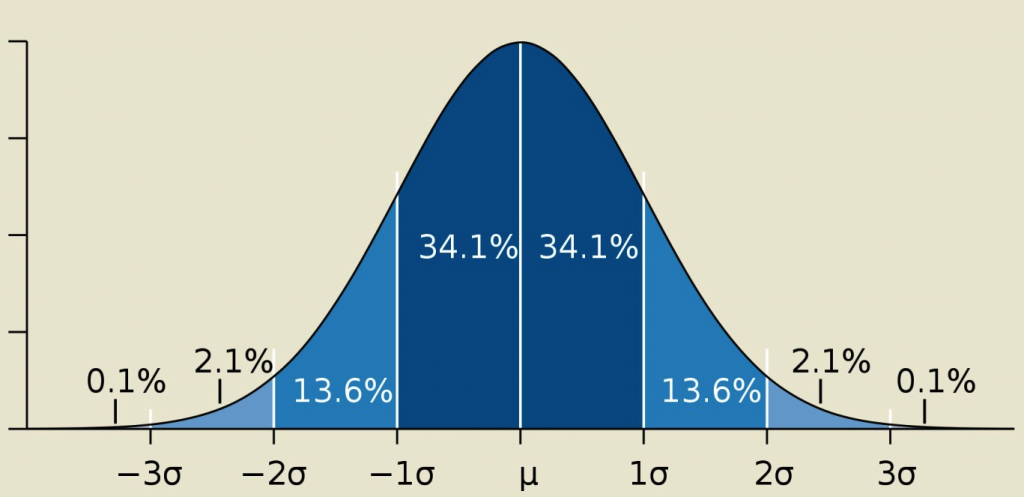
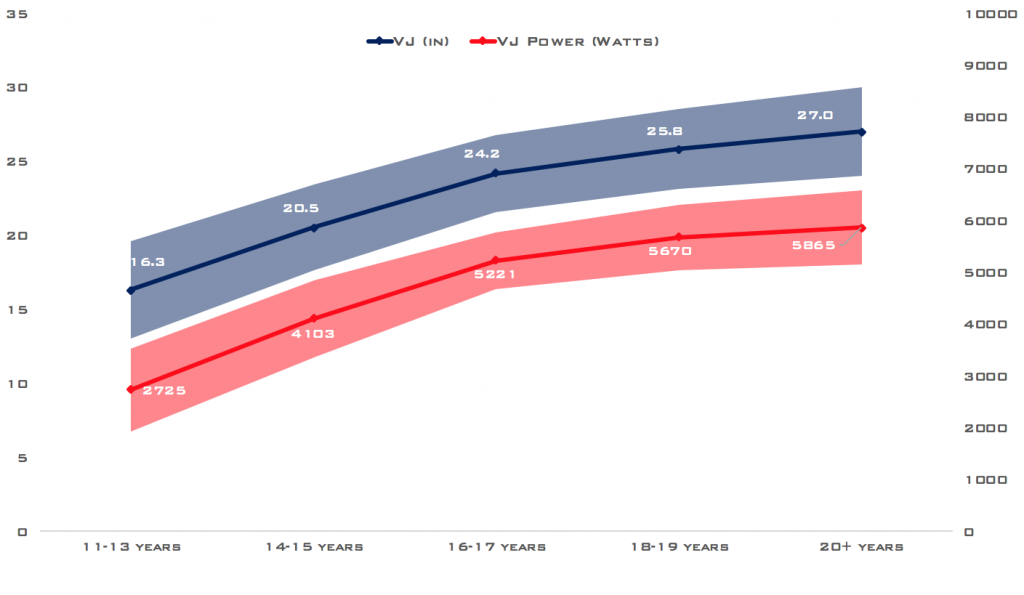 Vertical Jump (left axis) and Vertical Jump Power (right axis) normative data (presented as average +/- 1 standard deviation)
Vertical Jump (left axis) and Vertical Jump Power (right axis) normative data (presented as average +/- 1 standard deviation)

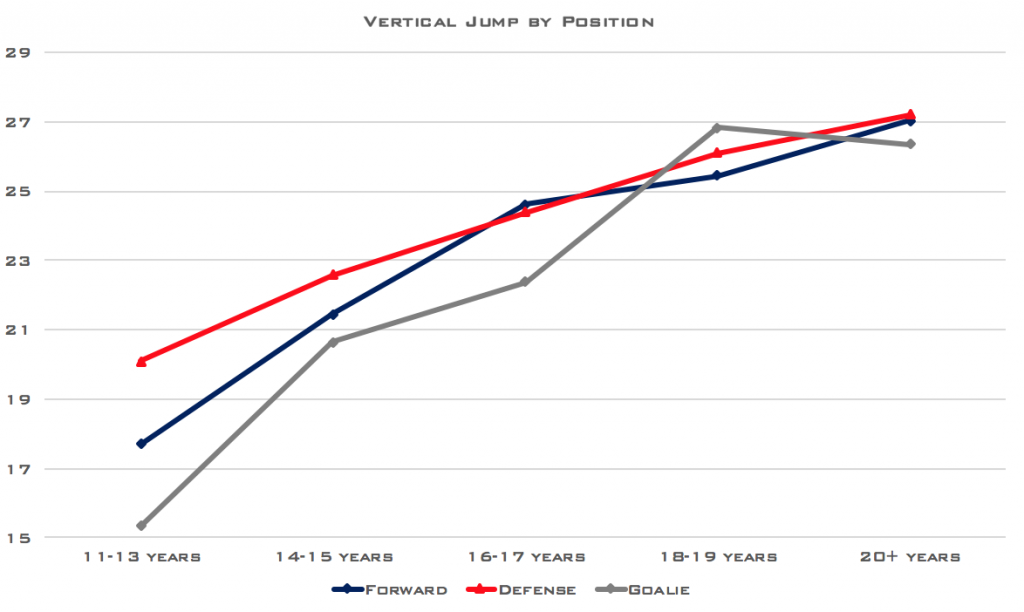
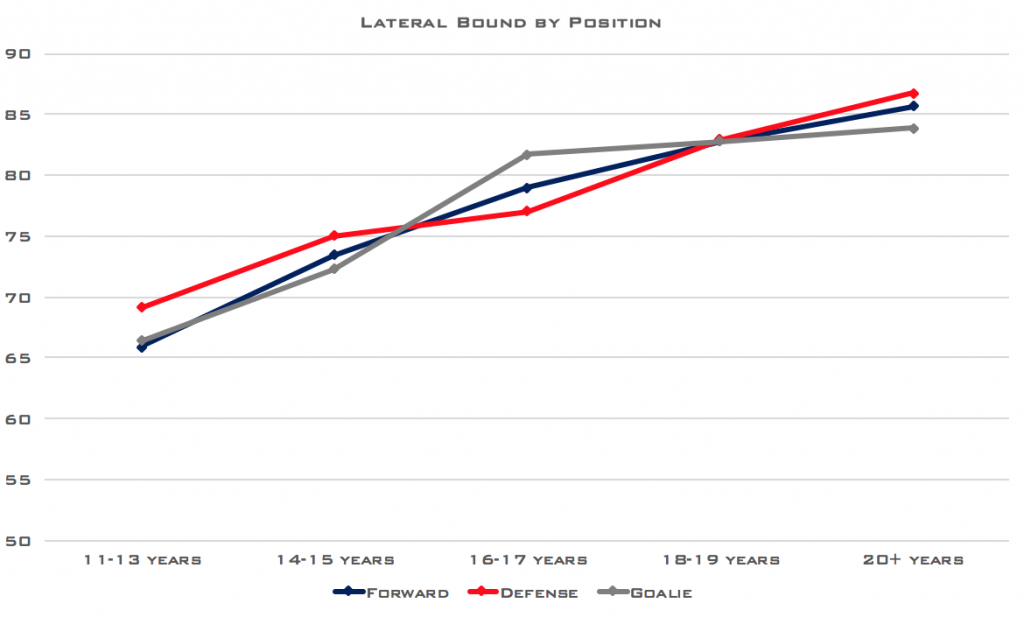



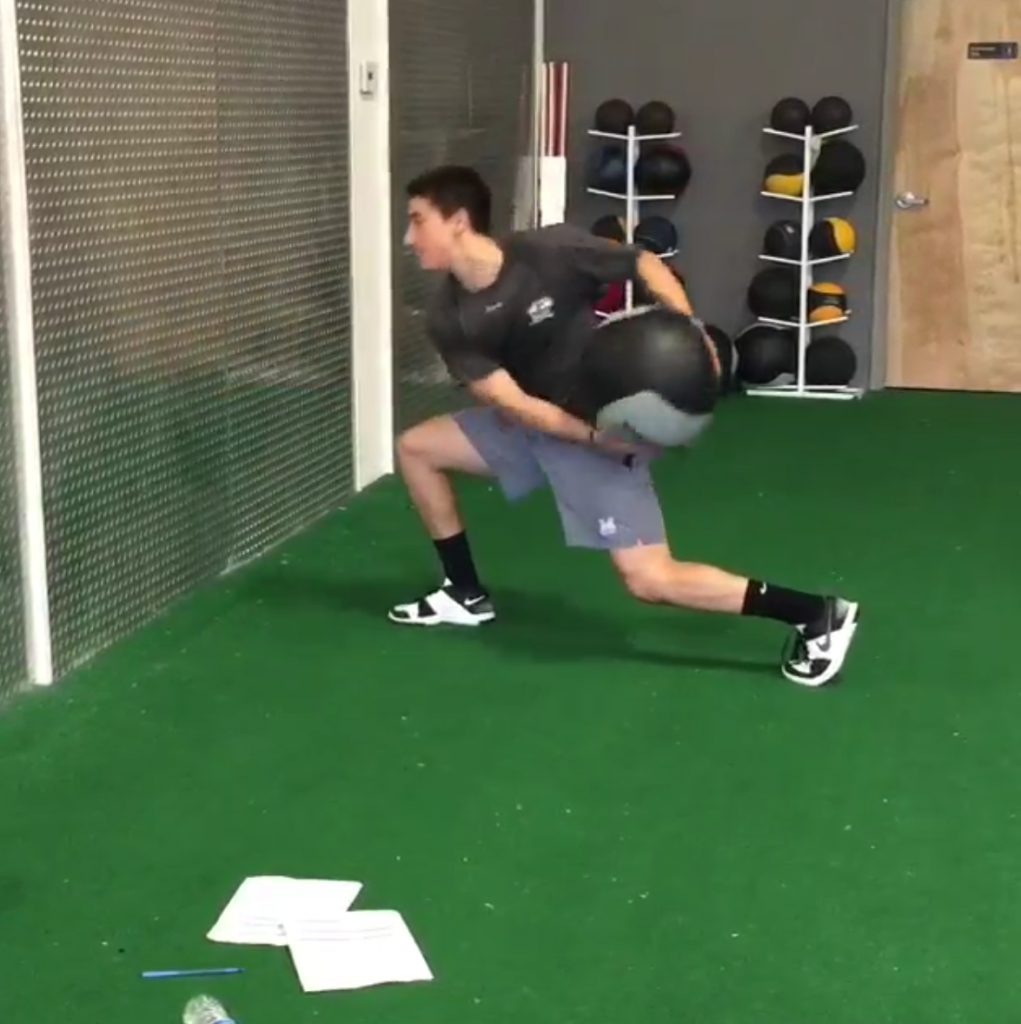
 Use CODE: "Neeld15" to save 15%
Use CODE: "Neeld15" to save 15%